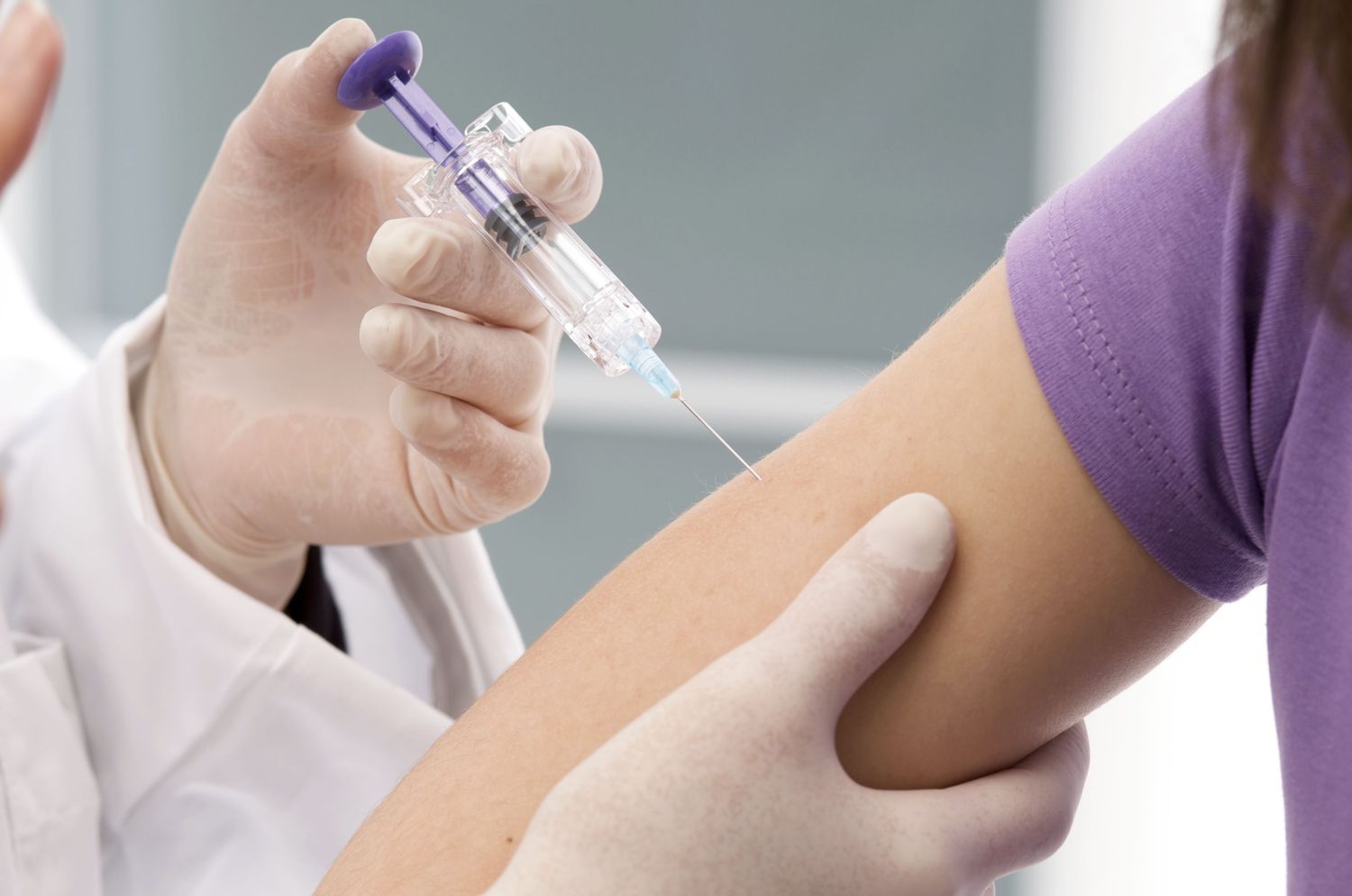
HPV (Genital Warts)
Human Papilloma Virus (HPV) is a virus with hundreds of variants that causes skin infections called warts. These warts can be seen throughout the body, but most commonly appear in the genital area in the form of a white mole.
Condyloma (genital warts) is considered the main symptom indicating that the patient is infected with HPV.
Human Papilloma Virus can be transmitted from person to person through sexual secretions. Sexual contact is therefore the main cause of transmission. However, very rarely, it is also observed that transmission occurs in cases such as open wound contacts and shared use of razor. In addition, the use of pools, shared clothing or toilets does not create an environment for the transmission of HPV. Only in the very rare case of an open wound, this may be possible.
Transmitted HPV usually manifests itself in a few months, but some viruses can remain silent for years. It is possible to diagnose HPV and determine the type of virus with a swab test taken from the cervix or a sample taken from the wart during routine gynecological examination or in our patients who apply to our examination with a complaint of warts. Checking the HPV type is necessary to determine the risk group for the disease.
Human Papilloma Virus Risk Groups
High Risk HPV Types
Since this type of virus causes various cancers, especially cervical cancer, early diagnosis is critical. Among these types, especially Type 16 and Type 18 are the virus types that most commonly cause cervical cancer, so colposcopy should be performed when these types are detected. In addition, Type 31, 33, 35, 39, 45, 51, 52, 56, 58, 59, 66, and 68 viruses fall into the high-risk group.
Low Risk HPV Types
In addition to virus types such as Type 6 and Type 11, which are more commonly characterized by warts, Type 42, 43, 44, 54, 61, 70, 72, 81 viruses are also common.
Op. Contact Dr. Duygu Mutlu.
With the precautions to be taken and early diagnosis, it is possible to prevent diseases caused by HPV. If you suspect HPV infection, visit our clinic as soon as possible.
Genital Warts Treatment
In the low-risk group, if the smear result is clean, we do not need to examine it with colposcopy. If there are no active warts, we recommend lifestyle changes to strengthen the body’s immunity. Quitting smoking, eating a healthy diet, avoiding stress, and taking vitamin supplements can help the disease regress.
If the patient is in the low-risk group and has an active wart, we consider the option of burning the warts with laser or cautery or freezing them with cryotherapy. If the wart is very large, it may be necessary to surgically remove the wart or warts or to dry them with certain acids and creams.
If, as a result of the HPV test, it is found that our patient carries one of the viruses included in the high-risk group, we need a detailed examination with colposcopy. Taking the colposcopy result into consideration, we assess whether a biopsy is needed. Based on the biopsy results, we start a patient-specific treatment depending on the type of virus.
How can we protect ourselves from HPV?
It is possible to prevent the transmission of HPV. First of all, protection against the most common and risky types can be provided by HPV vaccination . In addition, choosing a barrier protection method such as condomduring sexual intercourse minimizes the risk of transmission of the disease.